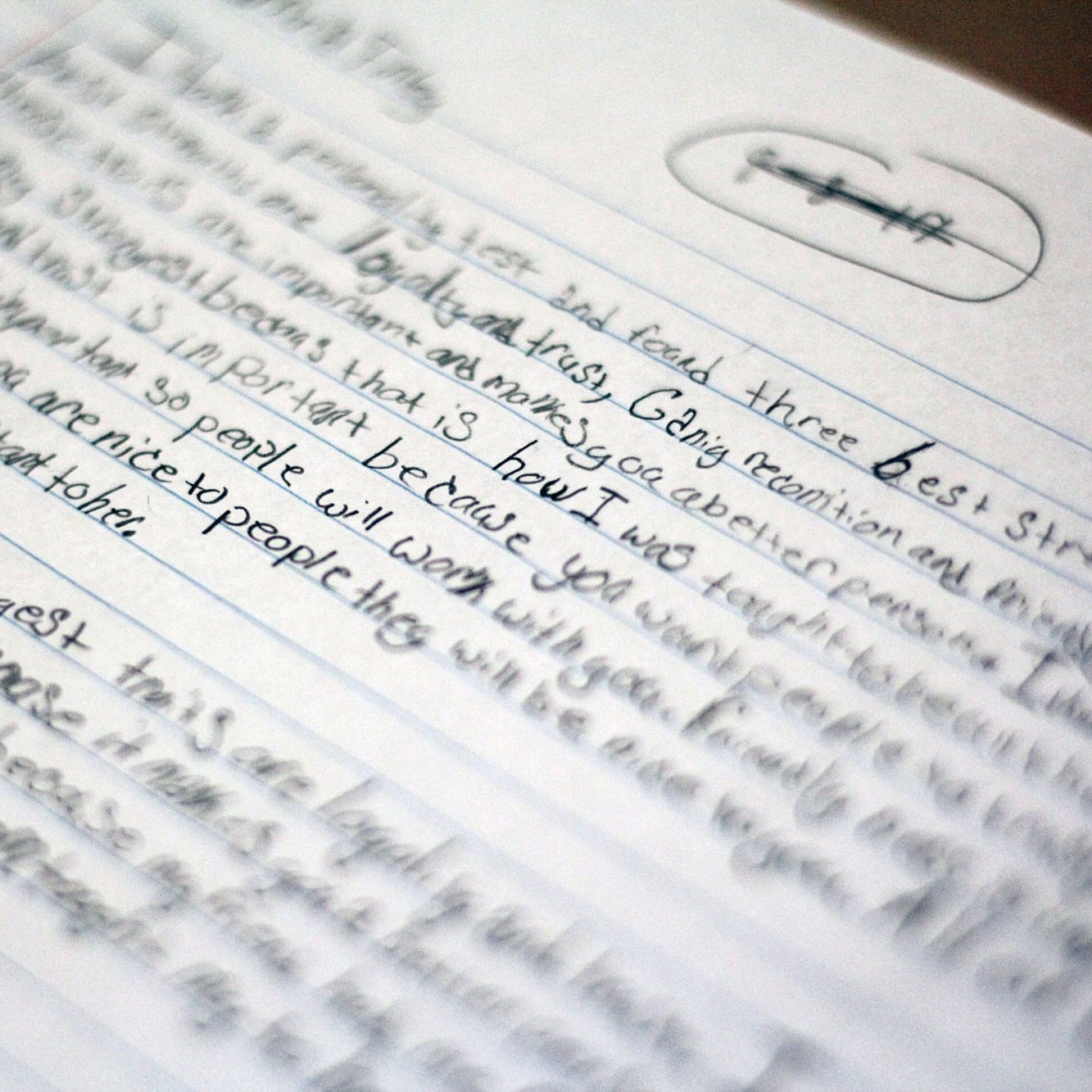This article about students without internet access at home was produced by The Hechinger Report, a nonprofit, independent news organization focused on inequality and innovation in education.
On the Friday before spring break at Meigs Middle School in Decatur, Tennessee, special education teacher Matt Coe was busy preparing new lessons for his students now that schools were set to close because of the coronavirus crisis.
But while many districts around the country have moved to remote learning platforms like Google Classroom, Coe was using the school’s copy machine to put together printed packets for his students to take home. In this rural Tennessee county of just 12,000 residents, online learning simply isn’t an option for most families.
“A lot of our kids don’t have internet access,” said Coe, who knows students who routinely head to the library or the town’s McDonald’s to get online.
The Federal Communications Commission estimates that about 21 million Americans lack broadband access, while an independent research group reports that the actual number may be twice as high. As the coronavirus forces schools across the country to grapple with the challenges of providing remote learning, many schools and districts have had to get creative with low-tech forms of instruction that don’t require internet connections or digital devices.
In Arkansas, where 23 percent of households lack internet service, and schools will be shut for the remainder of the school year, the local PBS affiliate is providing daily television programming tied to the state’s distance learning curriculum. The network got the idea from a similar arrangement that the Los Angeles Unified School District made with its own local PBS stations in mid-March.
“We saw what California was doing,” said the executive director of Arkansas PBS, Courtney Pledger. “We wanted to localize it even more by bringing in actual teachers to address the kids.”

